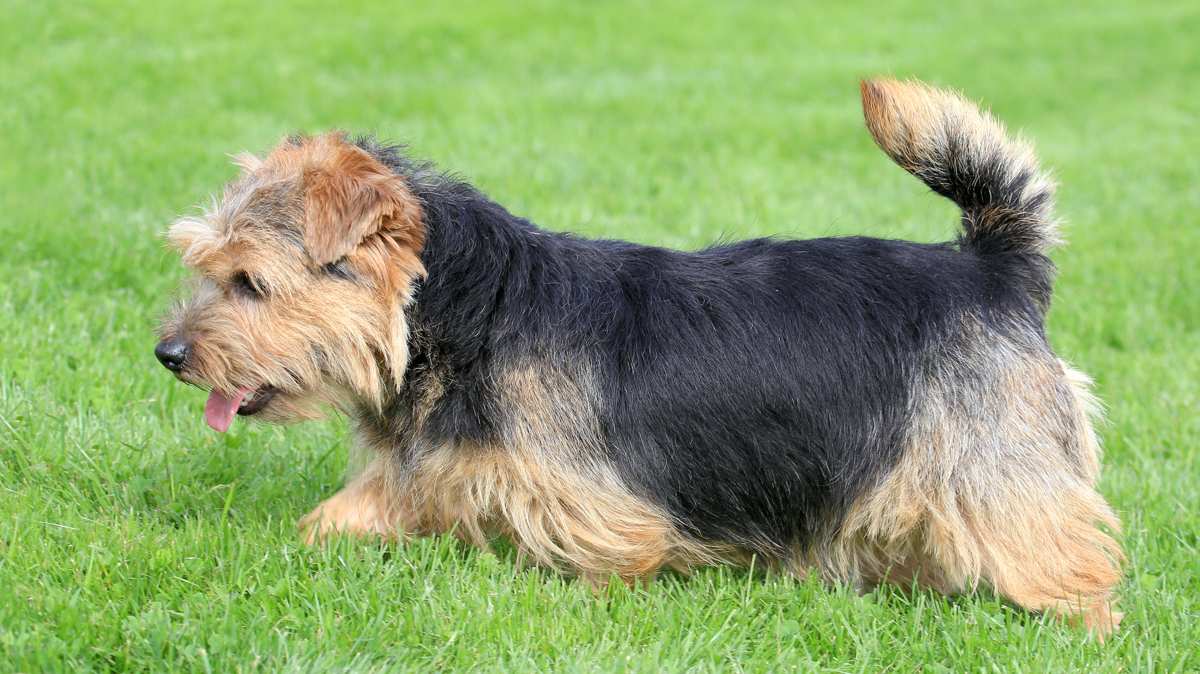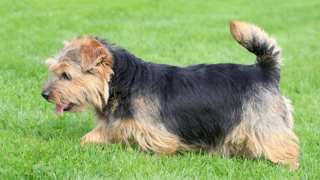Norfolk Terrier Breed Details
The Norfolk is a small sized dog and member of the AKC's Terrier group. They originated in the early 1990s in England and became quite popular for their ratting and flushing skills. This meant they were adaptable to both city and country living. This breed is quite social, affectionate and even-tempered for a terrier while still remaining alert, tenacious and extremely busy. We recommend the breed for most households-- except those with small rodent-like pets. You can browse the following Norfolk Terrier facts to get an idea of the pros and cons associated with ownership of this breed:
PROS
- Affectionate, companionable
- Hypoallergenic
- Easily exercised
- Fairly obedient
- Good watch dog
- Good for flushing small game
- Will keep your home free of vermin
- Social and even tempered
- Good with other dogs
- Adaptable to city or country
- Apartments ok
- No yard necessary
CONS
- Excessive digging and barking when bored
- Not an intensive exercise partner
- Training will require moderate effort
- Requires early socialization to get along with cats
- Not suitable for homes with ferrets, mice, hamsters, etc.
- Not a guard dog
- Must be kept on leash when out for walks

